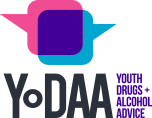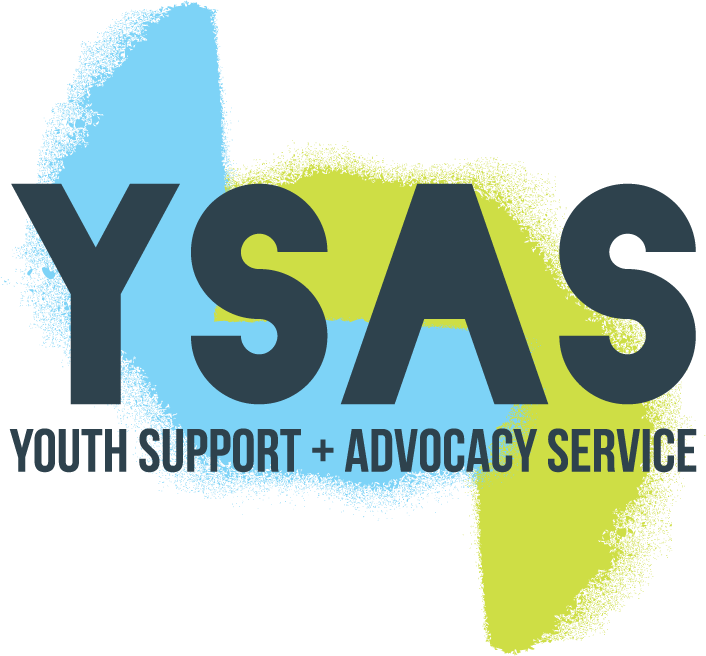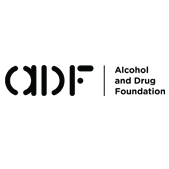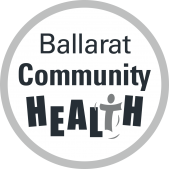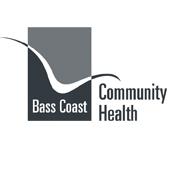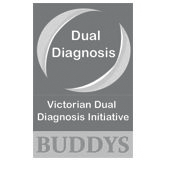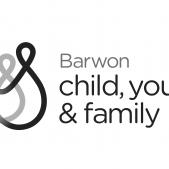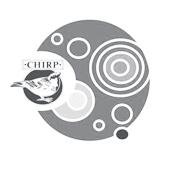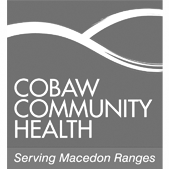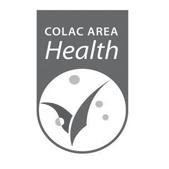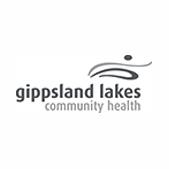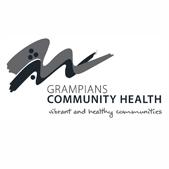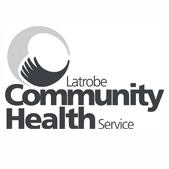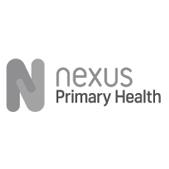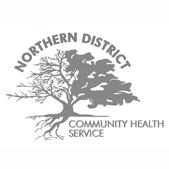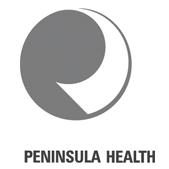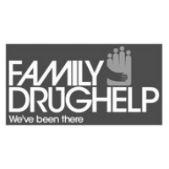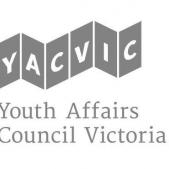DXM- Fast facts for schools
DXM causes ‘Woozy’ and detached feelings, a loss of motor control like alcohol, and hallucinations leading to good or bad trips. Large doses can exacerbate mental health problems. ...
Read MoreSynthetic and new drugs-Fast facts for schools
Like fashion trends, synthetic drugs may seem popular one day then out of favour the next. A small percentage of the calls to YoDAA are concerning synthetic drugs – usually synthetic cannabis....
Read MoreLSD (Acid)-Fast facts for schools
A young person who has used LSD will have a distorted sense of reality. LSD alters a person's perceptions. This includes visual and auditory hallucinations....
Read MoreMephadrone-Fast facts for schools
Mephadrone has effects similar to other stimulants like methamphetamine. A student who has used may have more energy, be alert, but might also act erratically...
Read MoreGHB/ GBL-Fast facts for schools
Although uncommon, if a young person uses GHB at school they may appear in a similar state to if they had used alcohol. ...
Read MoreKetamine-Fast facts for schools
There aren’t many reports of young people using ketamine in school time and ketamine is unlikely to be used by students trying to hide or conceal their use....
Read MoreTobacco-Fast facts for schools
The most tell-tale sign that someone has recently used tobacco is the lingering smell of smoke on hair, clothing, breath and hands...
Read MoreSynthetic cannabis-Fast facts for schools
Young people who use synthetic cannabis report similar effects to cannabis. Relaxation, decreased concentration, slower reaction times, and potential for auditory and visual hallucinations, anxiety and panic....
Read MoreOpiate painkillers-Fast facts for schools
Opiates give powerful relief to physical and emotional pain. Signs that someone has used recently include feelings of well-being, relaxation and sleepiness. ...
Read MoreMagic mushrooms-Fast facts for schools
Some people report other-worldly experiences where they are blissfully at one with the universe whilst others report frightening nightmare like experiences from which they cannot wake....
Read MoreInhalants-Fast facts for schools
Young people who have recently used inhalants may have lessened inhibitions, euphoria, dizziness, mood swings, aggression, vomiting and more rarely, blackouts...
Read MoreHeroin-Fast facts for schools
A young person affected by heroin will typically appear sleepy, with slowed movements and poor co-ordination ‘on the nod’. They may also appear to be itchy, scratching their arms and body. ...
Read MoreEcstasy-Fast facts for schools
Ecstasy is sometimes referred to as ‘the love drug’ due to the temporary feelings of love and affection that users may experience. A young person who has recently used ecstasy may display increased energy, happiness and alertness....
Read MoreCocaine-Fast facts for schools
Cocaine causes a burst of alertness, feelings of wellbeing and euphoria and enthusiastic talking. ...
Read MoreBuprenorphine-Fast facts for schools
A student who is using non-prescribed buprenorphine may appear sleepy with small pupils and slurred speech and movements....
Read MoreBenzodiazapines-Fast facts for schools
Signs of recent Benzodiazepine use include calmness, relaxation and sleepiness, decreased anxiety and enlarged pupils. ...
Read MoreIce - Fast facts for schools
A young person may appear talkative and extremely energetic, alert and agitated or super focused and motivated. This intense ‘high’ may be followed by a period of sleeplessness where a young person wants to sleep but is unable to...
Read MoreCannabis - Fast facts for schools
A young person may appear talkative and giggly with excessive hunger or withdrawn and relaxed. They may have decreased concentration and slower reaction times....
Read MoreAlcohol - Fast facts for schools
Tell-tale signs of recent alcohol use are confidence, reduced inhibitions, drowsiness, unsteadiness, slurred speech and the smell of alcohol (or masking agents such as mouth wash or chewing gum) on a person’s breath....
Read More